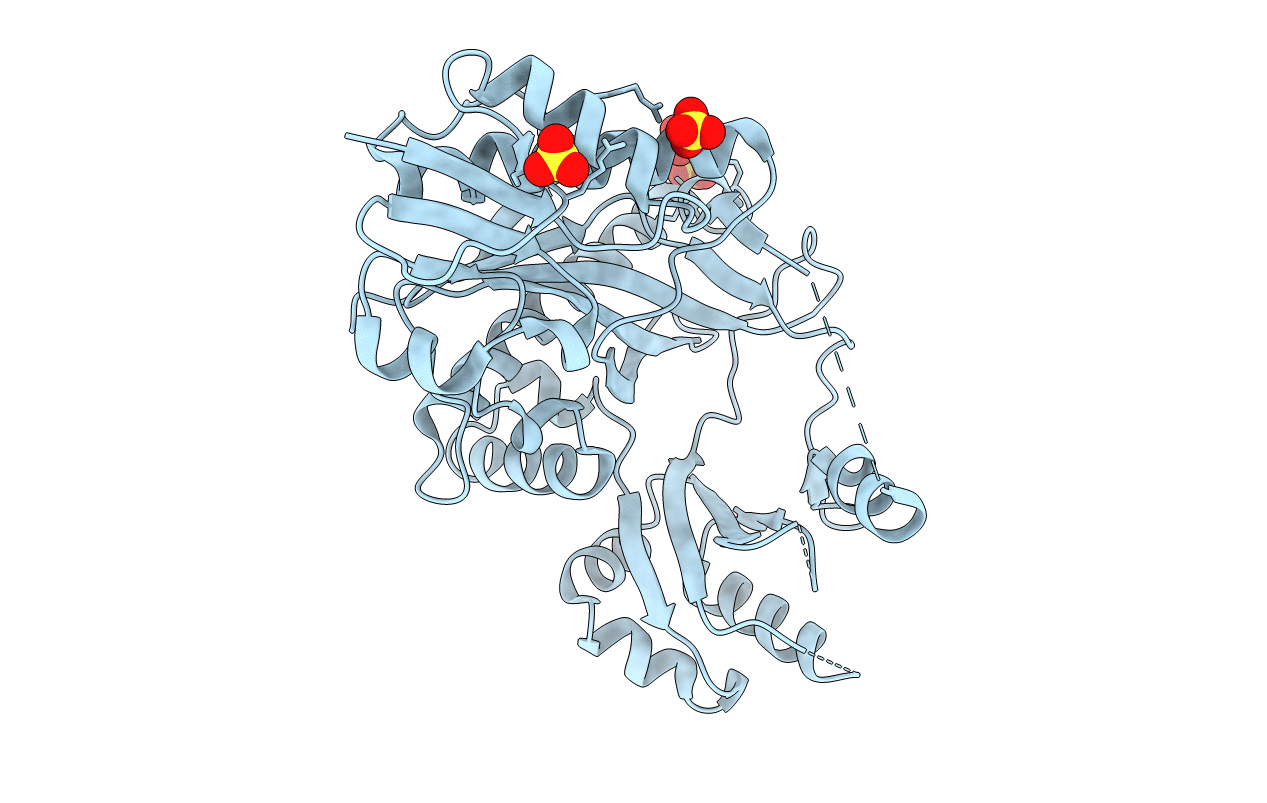
Deposition Date
2020-02-18
Release Date
2020-04-29
Last Version Date
2024-05-15
Entry Detail
PDB ID:
6Y3P
Keywords:
Title:
Crystal structure of the C-terminal domain from K. lactis Pby1, an ATP-grasp enzyme interacting with the mRNA decapping enzyme Dcp2
Biological Source:
Source Organism:
Host Organism:
Method Details:
Experimental Method:
Resolution:
2.30 Å
R-Value Free:
0.24
R-Value Work:
0.18
R-Value Observed:
0.19
Space Group:
P 32 2 1


